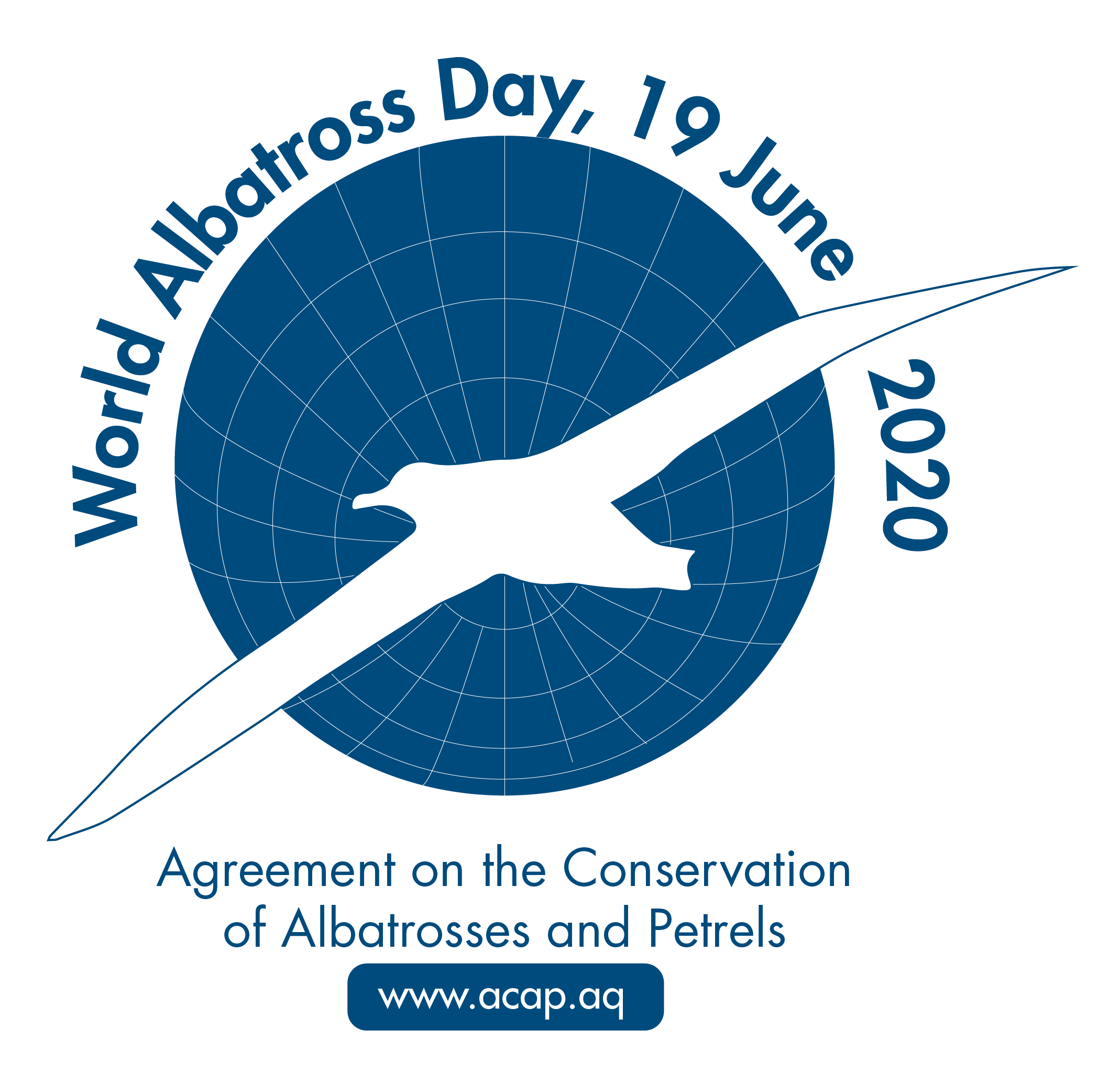I filmed this Pale Chanting Goshawk for during our hike through the Kleinrivier Wilderness.
It has long, orange legs, pale yellow eyes and a pinkish orange cere (upper bill). They like to perch high up on tree tops or telephone poles (as this one was when I filmed it) scanning the ground for prey. They will either pursue prey in flight or run on the ground and chase it on foot.
Some recent updates to the site:
* Please join the brand new Birding Planet Facebook Group here. As soon as you join you receive a free bird ebook. And it is a wonderful way to connect birders from around the world.
* You can join the mailing list in the right sidebar for some discounts and other benefits.
* And you can see our brand new Birding Store here.
Here’s the HD Video of the the Pale Chanting Goshawk
SIZE
Range mass: 410 – 750g (males) and 750 – 1 000g (females).
Range length: 46 to 54 cm.
Range wingspan: 105 to 115 cm.
HABITAT
The Pale Chanting Goshawk opts for habitats that are open and spacious. Desert plains or thorny, semi-desert bushveld are ideal.
Usually, a breeding pair of these Goshawks will stick to a well-defined territory, or home range. They will occupy one group of trees, and use these as their lodging place between hunting trips. The Pale Chanting Goshawk also frequently walks on the ground in search of prey, and can run at impressive speeds.

DISTRIBUTION
This bird species can be found in eastern and southern Africa.
CONSERVATION STATUS
It is considered least concern.
DIET
It is a hunter, and feeds mainly on the lizards, insects and small mammals that live in the long grasses of its habitat. It can also seize small birds in flight.
REPRODUCTION
Although pairs are almost always exclusive and loyal, it may be the case that one female and two males form a breeding trio where the habitat necessitates it.
The pair of raptors will frequently be seen circling together in an impressive display of cooperation.
These Goshawks build a small nest in Acacia trees, between 10 and 30 feet from the ground level. The nest is made of sticks and other materials that the birds can find, including dung and grass.
The female lays one or two eggs with a few days’ interval between them, and she incubates them for the entire period, not assisted by the male. Usually, only one chick is reared.
INCUBATION
There is an incubation period of between 33 and 37 days for this species.
LIFE EXPECTANCY
Although the average lifespan of a wild Pale Chanting Goshawk remains unknown, those in captivity are believed to live for over 20 years.





